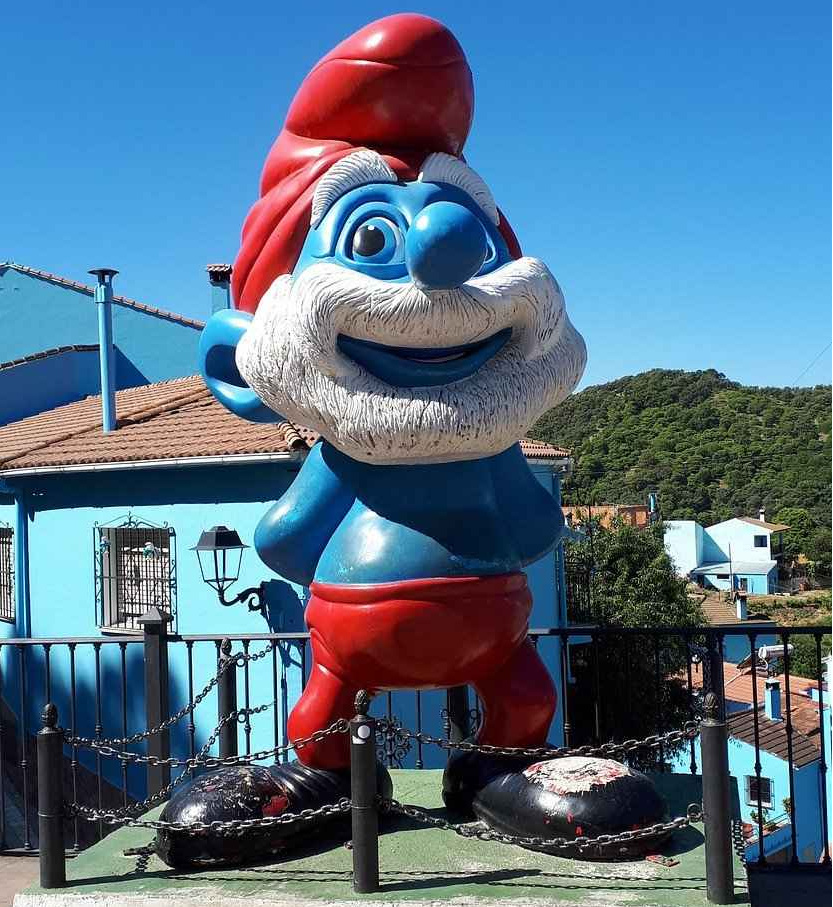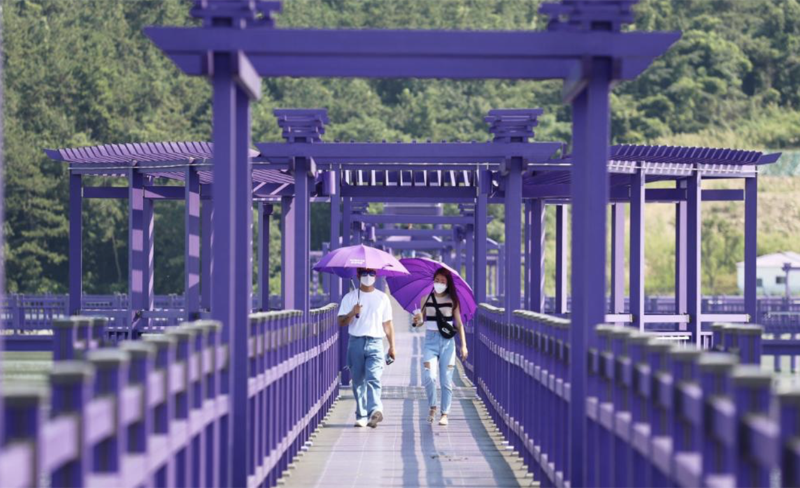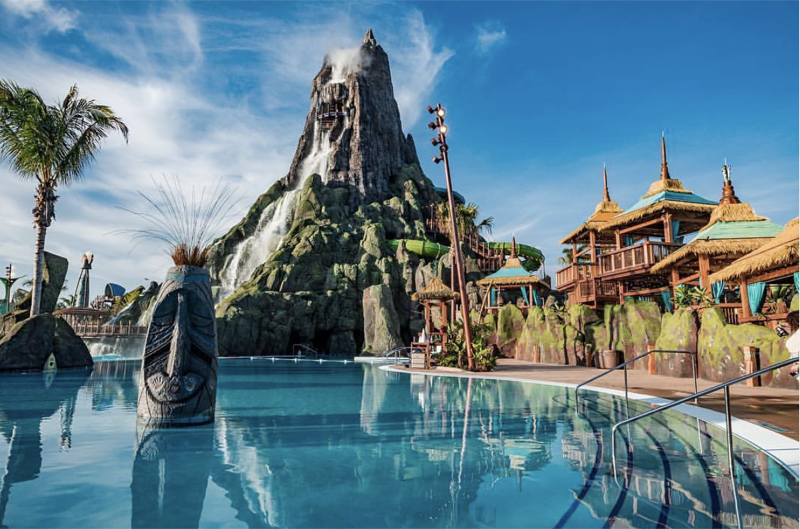South Korea’s Purple Banwol Island Is Perfectly Instagrammable
 Banwol Island, off the western coast of South Korea has been reimagined into a destination perfect for photography.
Banwol Island, off the western coast of South Korea has been reimagined into a destination perfect for photography.
Banwol Island is located off the western coast of central South Korea and is now known as the Purple Island. This is after residents painted the roofs of around 400 buildings a pretty shade of lilac. There is also a long, purple bridge, amethyst-hued telephone boxes and more.
Rebranding the perfect island destination
The change comes after the South Korean farming community rebranded itself by turning into the Purple Island. The project was started in 2015 as part of South Jeolla Province’s branding initiative to create attractive island destinations. The color was inspired by the purple bellflowers (campanula) that grow in the area.
Banwol and Bakji islands are tiny and have less than 150 residents. After the purple project was started, farmers began growing kohlrabi and beets, both of which match the new brand. On top of this, local government planted 231,424.07 square feet of lavender fields and 30,000 New England asters.
South Korea’s borders were essentially closed to visitors by the coronavirus pandemic, but since then, people are flocking to the island. Between June and August, 2020 Banwol Island saw more than 100,000 visitors – a 20 percent increase from the previous year. Anyone with an Instagram account likely went crazy taking beautiful images.
Even better, visitors can walk between Banwol and Bakji islands via a long purple bridge. The bridge was renovated and repainted in early 2020 to tone in with the town.
More amenities on Banwol Island
With the increase in tourists, a few more amenities have been provided on the island. This includes two, full-service restaurants (one on Banwol and one of Bakji), a café, a small hotel and bike rental services.It is relatively easy to get to Banwol Island and takes around six hours to travel from Seoul by bus or private car.
Going purple seems to be paying off and they can look forward to more visitors, ready to take incredible images for Instagram. Domestic tourism is really taking off right now, as South Koreans who leave the country have a mandatory two-week quarantine on their return. Staycation is becoming the word in South Korea, as it is in many other countries right now.
Color brands are popular with travelers
The idea of colorful towns is nothing new and has always been popular with travelers. This was even true before the advent of social media.
Among these is the yellow “pueblo magico” of Izamal in the Yucatan state of Mexico. Depending on whom you ask, the town was painted this color to either honor a visit by Pope John Paul II, or to ward off a plaque.
A Jewish community painted Chefchaouen in Morocco all in blue when they settled there. They considered the color to be good luck. While the Jewish community no longer lives there, the bright blues have been retained as a source of joy. A small town in southern Spain has also turned blue. Located in the beautiful, scenic Valle del Genal, Juzcar is the first ever “Smurf Town” (or “Pueblo Pitufo”) in the world since June 2011. Previously, it was among the famous White Villages of Andalucia. While before the quiet destination was for rural tourism and hiking, now people come from all over the world to visit the town, averaging around 250 every day.
A small town in southern Spain has also turned blue. Located in the beautiful, scenic Valle del Genal, Juzcar is the first ever “Smurf Town” (or “Pueblo Pitufo”) in the world since June 2011. Previously, it was among the famous White Villages of Andalucia. While before the quiet destination was for rural tourism and hiking, now people come from all over the world to visit the town, averaging around 250 every day.
Every building in the town was painted blue (including the church and the Town Hall) to celebrate the premiere of the Sony Pictures film “The Smurfs 3D.” However, once the filming and promotion was over, the residents decided to keep the village blue and take full advantage of the extra income tourism brings.
Next time you travel, try somewhere with a touch of color and take magical images to take home.


